If you're looking for a bicycle that's easy to ride, gentle on your body, and perfect for casual cruising around the neighborhood, a comfort bike is exactly what you need. Comfort bikes are built to prioritize comfort, and they are generally a great fit, whether you're just getting into cycling or you're looking for a bike that won't leave you sore the next day.
But what is a comfort bike, and why should you choose it over other types of bikes? We'll also take a look at electric comfort bikes and why they’re becoming so popular.

What Is a Comfort Bike?
To put it simply, a comfort bike is a type of bicycle specifically designed for relaxed, recreational riding. The main difference between comfort bikes and other types of bicycles is that they are not built for speed, competition, or rough mountain trails.
Instead, comfort bikes are built for people who want a smooth, easy ride without putting too much strain on their back, wrists, or knees.
Main Features of Comfort Bikes
Comfort bikes are designed for comfortable riding, and this comfort-focused design is usually apparent in their main features. Here are the main features of a comfort bike:
- An upright riding position. The swept-back handlebars are closer to the rider’s sitting position, so you can ride while sitting tall and enjoying the scenery.
- A wide and well-padded seat, usually with springs or memory foam for extra cushion.
- A front suspension fork that enhances comfort by absorbing bumps and cracks in the road.
- A suspension seatpost, which adds even more shock absorption to protect your spine.
- Wider tires for more stability and better grip on pavement and light trails.
- Ergonomic grips and handlebars: designed to reduce hand and wrist fatigue.
- A step-through frame – Makes mounting and dismounting easy, especially for people with limited mobility.
These features work together to make your ride smooth and enjoyable, even if you haven’t been on a bike in years.
Types of Comfort Bikes
There are three main types of comfort bikes: traditional comfort bikes, comfort hybrids, and electric comfort bikes.
- Traditional Comfort Bikes – Best for short, leisurely rides around town.
- Comfort Hybrids – Blend comfort with utility; often used for commuting or fitness.
- Electric Comfort Bikes – These are comfort bikes with an added motor to assist your pedaling.
Traditional comfort bikes and comfort hybrids are rather similar, but electric comfort bikes are different from the rest.
What Makes an Electric Comfort Bike Different?
An electric comfort bike includes a battery-powered motor that gives you a boost while you pedal. This feature, known as "pedal assist," helps you overcome steeper inclines and cover longer distances without expending all your energy.
Here are four reasons why you might want to consider an electric comfort bike.
- The motor helps you go farther and climb easier without getting worn out.
- It is great for joint-friendly exercise for people with arthritis, injuries, or age-related discomfort.
- Commuter-friendly, and you arrive at your destination without being sweaty or exhausted.
- Adjustable assistance – You control how much help you get from the motor.
The BZ1 Step-Thru Electric Bike, for example, offers 5 levels of pedal assist, helping you overcome inclines and adjust your bike performance to match the kind of terrain you are riding on.
Some electric comfort bike models also include a throttle so you can ride without pedaling at all (though pedal assist is more common).
| Feature | Regular Comfort Bike | Electric Comfort Bike |
| Motor | None | Yes (pedal assist and/or throttle) |
| Battery | None | Yes |
| Weight | Lighter | Heavier due to the motor and battery |
| Effort Required | All pedaling | Reduced effort, especially uphill |
| Range | Based on stamina | 20 to 60+ miles per charge |
These bikes are especially helpful for people who want the health benefits of cycling but may struggle with the physical demands of a traditional bike.
Is a Comfort Bike for You?
If you are not biking for competitive purposes, and you prioritize the enjoyment of the ride over bike speed or performance, and you mainly ride on paved roads, bike paths, or well-maintained trails, a comfort bike is for you.
You typically find the following kinds of bikers riding comfort bikes:
- Casual riders and beginners
- Seniors or people with joint or back issues
- Anyone who wants a low-impact way to stay active
- Commuters who prefer a leisurely ride to work
They're not made for speed or off-road adventures, but they shine when it comes to ease and enjoyment. They are easy and accessible to all riders, from beginner to professional.
How Comfort Bikes Compare to Other Bikes
Comfort Bike vs. Road Bikes
Road bikes are built for speed, with skinny tires, drop handlebars, and a forward-leaning position. They're great for racing or long-distance rides, but not so great for comfort.
Comfort bikes, on the other hand, keep you upright and relaxed. The wide tires, suspension, and padded seats make a huge difference if you're looking for a smoother ride with less effort on your body.
| Feature | Comfort Bike | Road Bike |
| Position | Upright | Aggressive, forward-leaning |
| Tires | Wide, cushioned | Thin, high-pressure |
| Frame Design | Relaxed geometry | Lightweight and aerodynamic |
| Speed | Moderate | High |
| Best For | Leisure, recreation, and short distances | Speed, long distances, performance |
| Suspension | Often has front/seatpost suspension | Typically rigid (no suspension) |
Comfort Bike vs. Mountain Bikes
You can think of comfort bikes as the friendly cousin of the mountain bike: less intense, but way easier to get along with on a daily basis. Comfort bikes share a few features with mountain bikes—like front suspension—but they tone everything down for pavement and easy trails.
Mountain bikes are built to handle tough, uneven terrain. They're rugged, but not always comfortable for street or recreational use.
The Viribus Panther Electric Mountain Bike runs a 350W motor capable of reaching a top speed of 20mph.
| Feature | Comfort Bike | Mountain Bike |
| Terrain | Pavement, bike paths | Off-road trails, rugged terrain |
| Suspension | Front suspension, sometimes seatpost | Front or full suspension (more robust) |
| Tires | Smooth or lightly treaded | Knobby, aggressive tread |
| Weight | Medium | Heavier for durability |
| Gearing | Simple | Wide range for varied terrains |
| Purpose | Comfort, ease of use | Control, performance on rough terrain |
Men's vs. Women's Comfort Bikes
Most comfort bikes are unisex, but some are designed specifically for men or women. The main difference between men’s comfort bikes and women’s comfort bikes may be the shape and design of the top tube.
Men’s comfort bikes often have a traditional horizontal top tube, while women’s comfort bikes almost exclusively feature a step-through frame, which makes it easier to get on and off.
Saddles and frame geometry may also differ slightly to accommodate different body shapes and sizes.
However, these days, many manufacturers focus more on fit and comfort than gender labels. It’s more important to find a bike that fits your body than one labeled for men or women.
Final Thoughts: Is a Comfort Bike Right for You?
If you want to take that ease to the next level, consider an electric comfort bike. It opens up even more possibilities—longer rides, more hills, and less fatigue. Whether you're rediscovering cycling or trying it for the first time, a comfort bike makes the experience more enjoyable from the very first pedal stroke.
Before you head out, learn whether it is illegal to wear a helmet on a bike and whether you need a bike license for an electric bike.

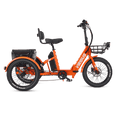

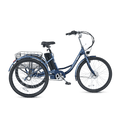
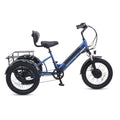
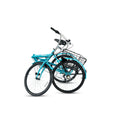
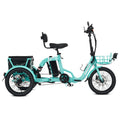

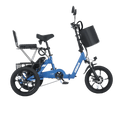

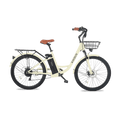
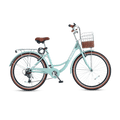
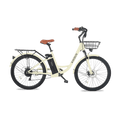
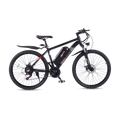
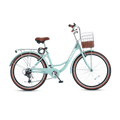
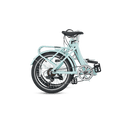
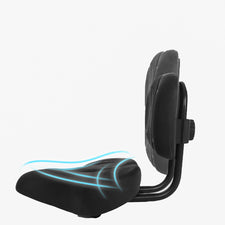





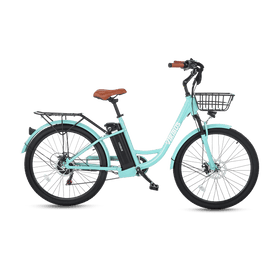
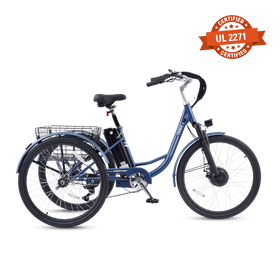
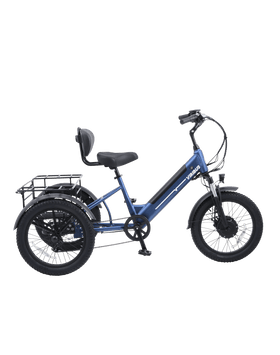




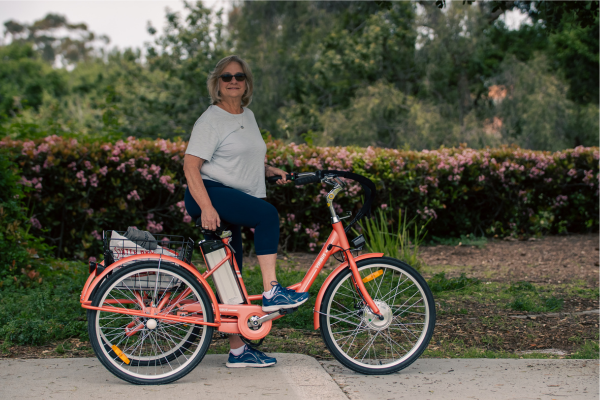
Leave a comment
All comments are moderated before being published.
This site is protected by hCaptcha and the hCaptcha Privacy Policy and Terms of Service apply.